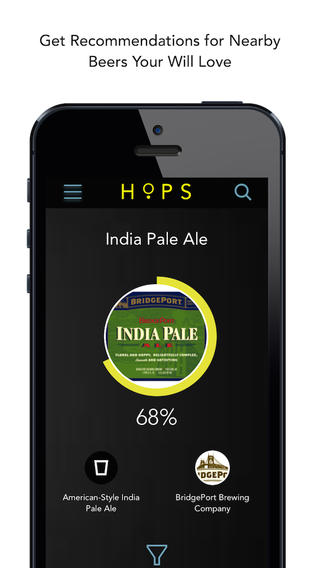I just arrived in Hong Kong for my first time and so far I love it. Whilst...
San Francisco
What can I say, you had me at Beer Given the proliferation of craft beer in most...
Community participation will help stabilize the neighborhood an insure the future of this landmark renowned for hosting...
Inna Efimchik is a Partner at White Summers Caffee & James LLP a Silicon Valley & San Francisco based Law...



